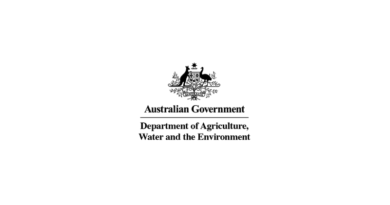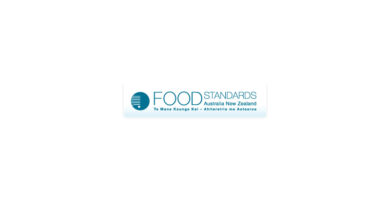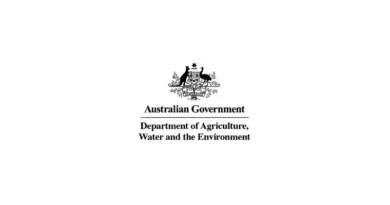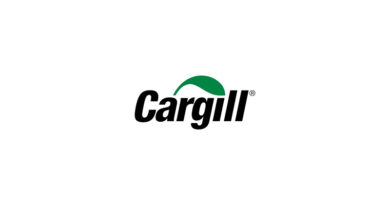Tips to safely make food last longer
09 March 2022, NZ: If you’re isolating at home, want to reduce your trips to the supermarket, or simply make your food dollars stretch further, there are some simple food safety tips that can help, says New Zealand Food Safety deputy director general Vincent Arbuckle.
“New Zealanders throw out an estimated 220 tonnes of food each year. Avoiding waste can help you get more use from your food and it’s one of the little things we can do to reduce our potential exposure to the COVID virus and keep ourselves and communities safe.”
“Use by” and “best before” labels
“The key thing to remember is that the ‘use by’ label is about safety, whereas the ‘best before’ label is about quality.
“That means if something is past its ‘use by’ date, it should definitely be thrown out. These products don’t always take on a bad smell or look bad, so the label is the only means to determine if they shouldn’t be eaten.
“What some people don’t know is that foods that are past their ‘best before’ date are still safe to eat, but are no longer at their peak quality. Deciding whether the product is up to scratch is a personal preference, but many people will find these foods are perfectly acceptable.
“Our advice is that if you find a jar of something down the back of the cupboard which is past its ‘best before’ date, you might have more options than you think.
“While ‘best before’ remains a good guideline for the quality of food, the ‘sniff test’ is still a reliable thing you can do at home to double-check if food is suitable to eat. If it doesn’t smell or look right it should be thrown out no matter what the label says. If in doubt, throw it out.”
More information on food labels and how to interpret them
Handling leftovers
By keeping your fridge at the right temperature and ensuring your food is stored correctly you can get the most out of your leftovers.
“Fridges should be kept at a steady temperature between 2 and 5 degree Celsius. Avoid overfilling fridges because that can stop cool air from circulating around the food. Also don’t use your fridge to cool hot food as that can raise the temperature of other foods inside the fridge.
“As a rule of thumb, let hot food cool at room temperature for 30 minutes before storing it in the fridge. Leftovers should be in the fridge within 2 hours of cooking or preparation if salads.
“Freezing food can further extend its useability. However, freezing won’t kill most pathogens so only fresh or freshly cooked food should be frozen.
“Try to take the time to thaw out frozen food in the fridge rather than the bench because that will ensure it always remains at a safe temperature.
“Food should only be reheated once, and it should be piping hot to ensure potentially harmful bacteria is killed.”















